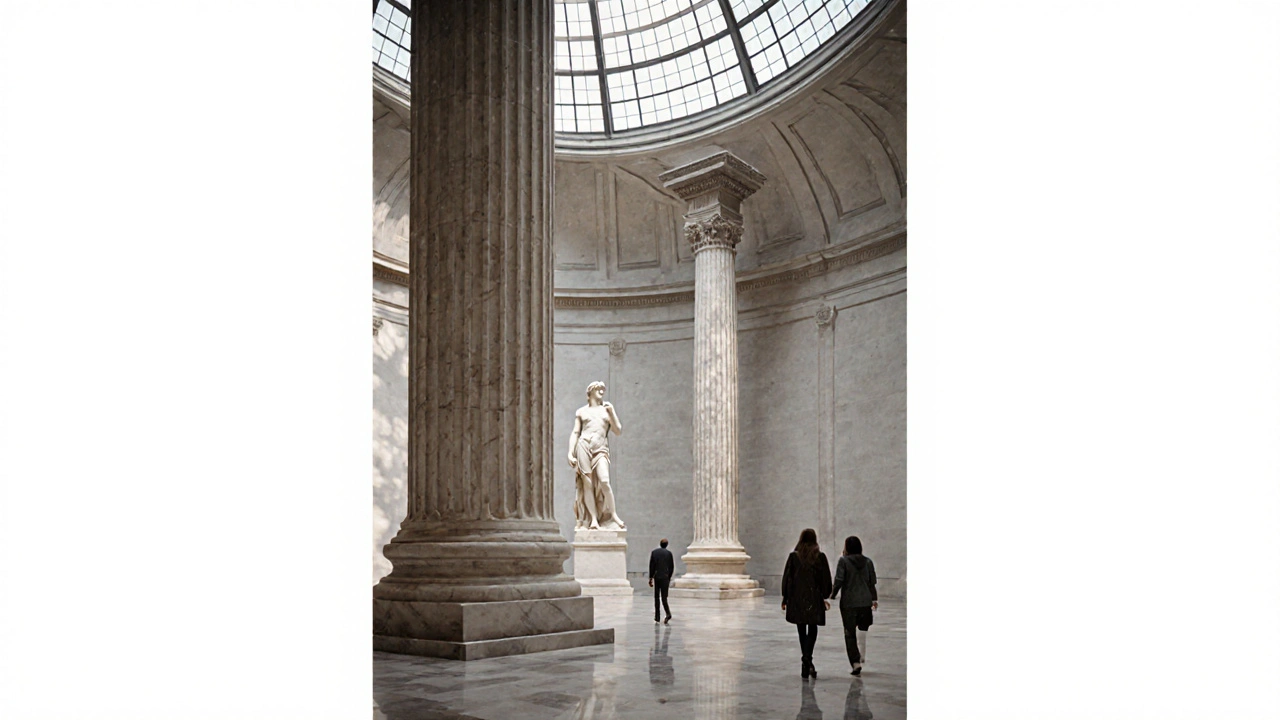V&A Collections: Explore Art, Design, and History from One of the World’s Greatest Museums
When you think of the V&A collections, the vast, world-class holdings of the Victoria and Albert Museum in London that document human creativity across centuries. Also known as the Victoria and Albert Museum, it’s not just a building—it’s a living archive of how people have shaped beauty, function, and culture since ancient times. This isn’t a museum full of dusty relics. It’s a place where you can stand inches from a 17th-century silk gown, touch a replica of a Roman mosaic, or stare at a neon-lit skateboard designed in 2020—all under the same roof.
The V&A collections include everything from decorative arts, objects made for everyday use that also carry artistic value, like ceramics, glassware, and furniture, to fashion, a dynamic archive of clothing and accessories that reflect social change, identity, and technology across generations. You’ll find a 1500s Italian dagger next to a punk jacket from 1977. A hand-painted Chinese porcelain bowl sits beside a 3D-printed shoe. The museum doesn’t just show you what was made—it shows you why it mattered, who made it, and how it changed lives.
What makes the V&A collections different from other art museums? It’s not just about paintings on walls. It’s about the chair you sit on, the phone in your pocket, the dress you wore to a wedding. The museum treats design as a human story—every object has a maker, a buyer, a moment in time. Whether it’s a Victorian teapot or a digital textile pattern, the V&A asks: How was it made? Who used it? What did it say about the world back then? And what does it say now?
You won’t find the same answers in a textbook. But you’ll find them here—in the curve of a metal handle, the stitch in a lace collar, the glow of stained glass that’s lasted 600 years. The posts below dive into how these collections connect to real life: the hidden stories behind museum exhibits, how design influences what you wear and buy, and why London’s V&A remains unmatched in its scope. Whether you’re planning a visit, researching for a project, or just curious about how everyday things became art, what follows is your guide to the objects that shaped our world.
